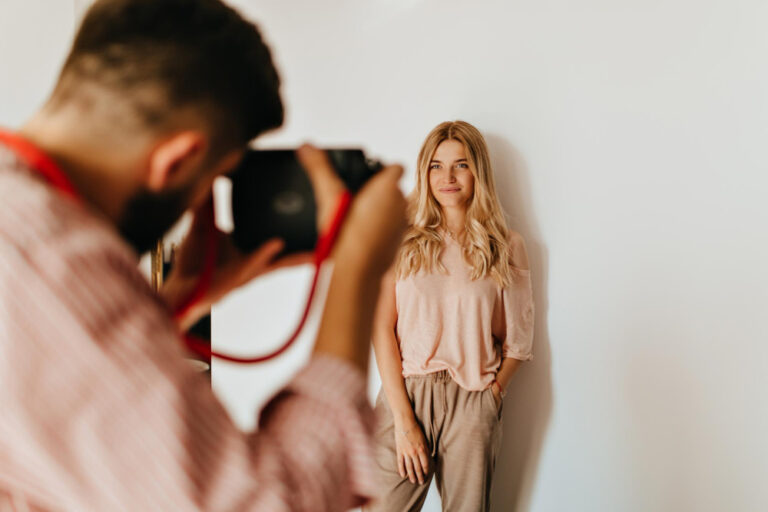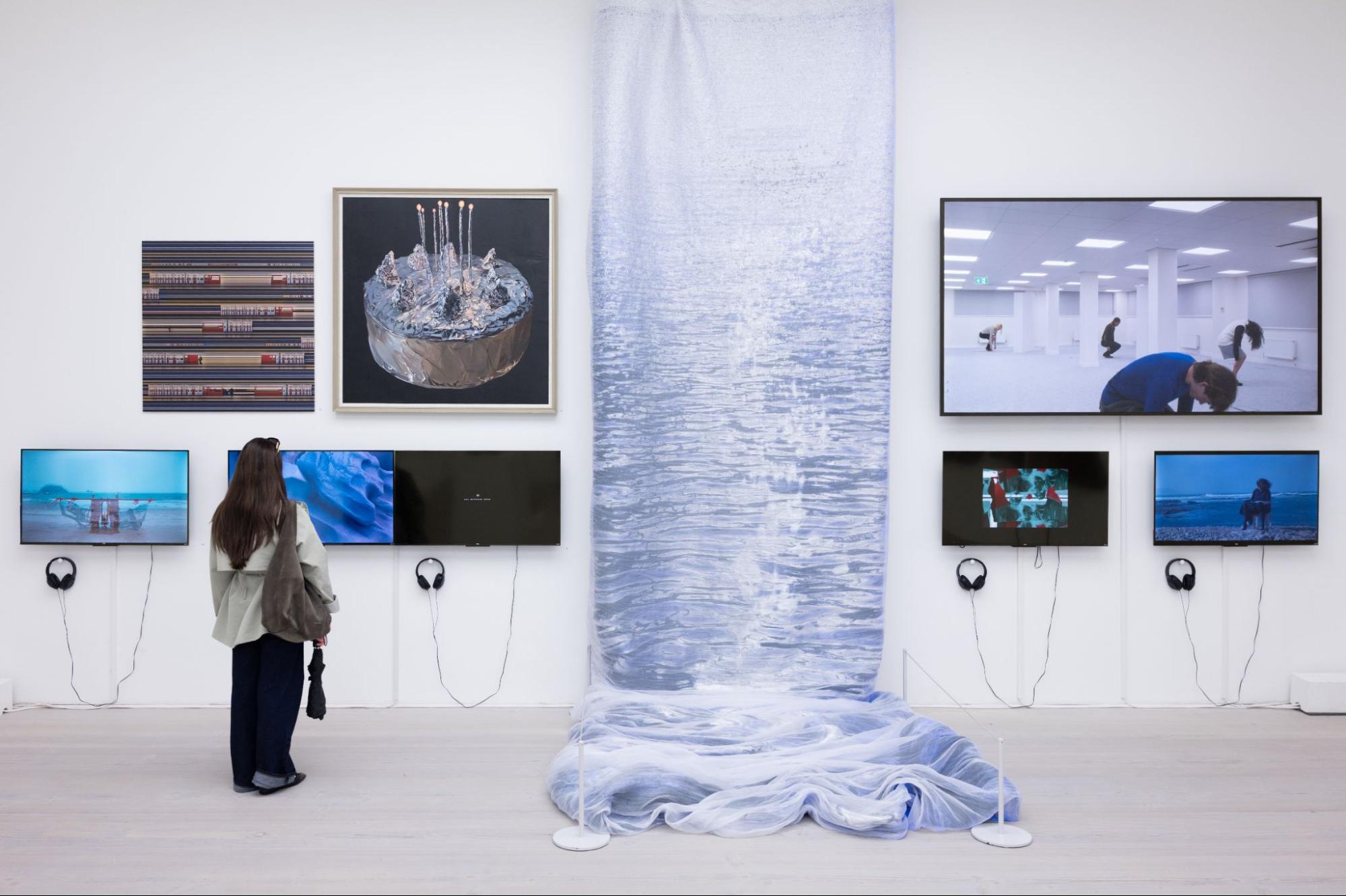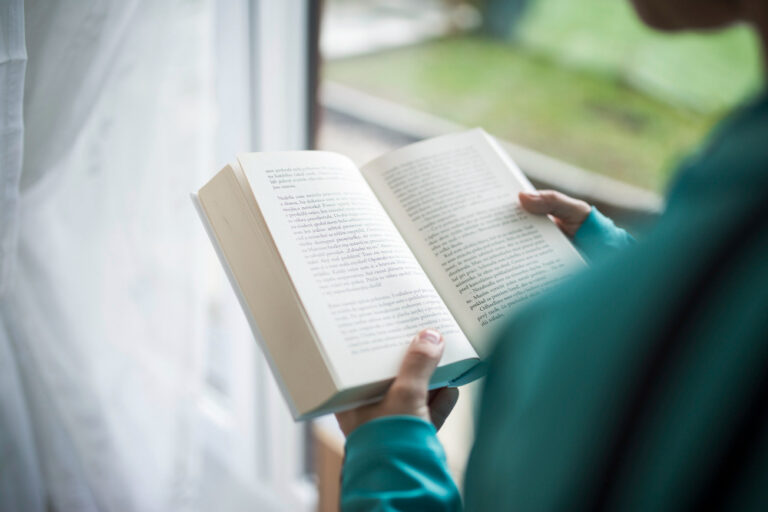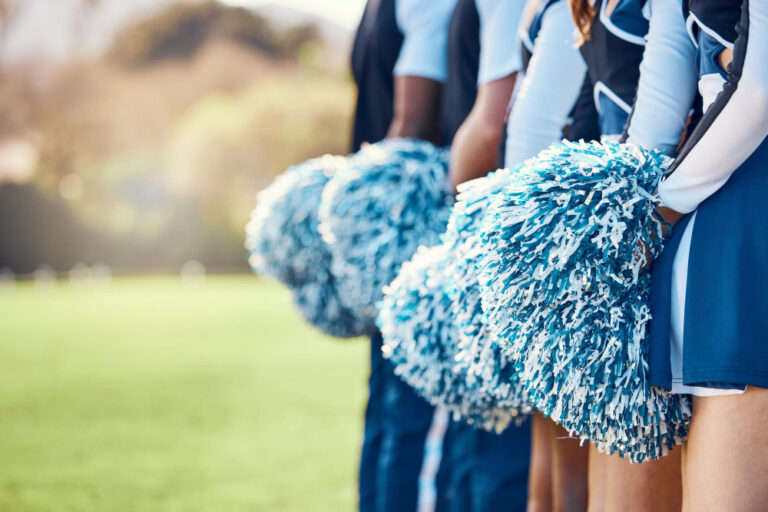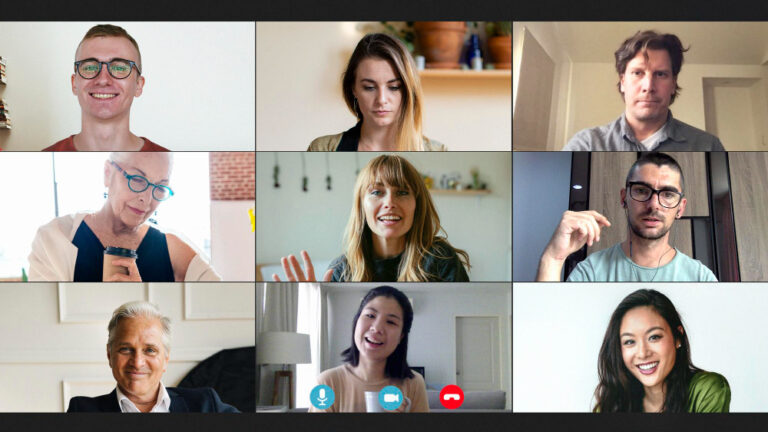A musician launches a merch drop, hires a friend to run payments, and later discovers tax mistakes tied to her name. A filmmaker raises money on a crowd platform, then a backer complains about how the funds were used. Small choices can turn into legal problems fast.
If you work with sponsors or investors, learning about white-collar criminal defense strategies early can help you avoid mistakes. You do not need to be a finance expert. You just need simple routines that keep money, files, and messages clear and honest.
Why Creatives Face Legal Risks
Creative work mixes art, side gigs, brand deals, and digital sales. You may collect money from platforms, agencies, and direct fans. Money moves through multiple apps and accounts. That makes recordkeeping hard.
White collar charges often involve paperwork and patterns, not violence. Common areas include wire fraud, bank fraud, mail fraud, tax issues, money laundering, and securities fraud.
A creator who sells revenue shares in a project, trades stock after getting private brand news, or moves funds between accounts without a clear business reason can draw attention. The goal is not fear. The goal is clean systems that hold up if someone asks questions.
Early Warning Signs
Early signs appear long before arrest. You might receive a subpoena for records, a call from a federal agent, or a notice that your bank filed a “suspicious activity” report and froze funds. Brands may ask you to confirm invoice details. A platform might flag your campaign or store.
Treat any formal request as serious. Do not destroy files or change dates. Do not guess facts in email replies.
Save the request, note the date, and collect basic records, such as contracts, invoices, bank statements, campaign pages, and chats that show your good-faith plan. Then speak to a qualified lawyer before responding.
Keep Money Records Clean
Create one business bank account and keep all project money in it. Pay yourself with simple transfers at regular times. Avoid mixing personal and project expenses.
Use a basic bookkeeping tool or a spreadsheet with four tabs: income, expenses, contracts, and taxes. Update it weekly. Send invoices that show scope, rate, date, and payment terms.
Keep receipts in a labeled folder by month. Never backdate an invoice or edit a receipt. If a client pays you to pass funds to a third party, put the terms in writing and keep a record of the pass-through.
If you crowdfund, create a one-page budget that shows how you will spend the funds and how you will report progress.
Protect Your Online Accounts
Most white collar cases lean on emails, messages, and cloud files. Use clear subject lines that match the work. Avoid jokes about “hiding money” or “insider tips,” even in private chats. Those lines can be misread later.
Turn on two-factor authentication for email, bank apps, stores, and file drives. Keep a read-only archive of key contracts, invoices, and tax files. Do not share logins for payment accounts.
If you use a manager or friend to handle money, give them the right role in the app and track changes. If a request feels off, call the person at a known number to confirm it is real.
Be Careful With Brand Information
Creators often get early access to brand plans, product drops, or earnings. Trading stocks or crypto based on material nonpublic information can be illegal.
If you learn private facts that could move a stock price, do not trade or tip others until that information is public and absorbed by the market.
The U.S. Securities and Exchange Commission explains how insider trading can occur and what “material” means in practice, which is helpful if you work with public companies.
If a brand asks you to keep something private, follow the agreement. When you post sponsored content, label it correctly. Do not inflate metrics, hide paid links, or invent fake testimonials. Keep a folder with briefs, drafts, and approvals to show your good-faith process.
Use Clear Contracts
Use short, plain contracts. Include scope, timeline, deliverables, fees, refunds, IP rights, and what happens if plans change. If you raise funds, state how you will use the money and how you will update backers. If you sell revenue shares, have a lawyer review the language. Avoid promises you cannot measure.
Put changes in writing. If a client asks for extra work, send an updated line item and get a written yes. If a sponsor rewrites a claim, ask them to confirm that the claim is true and allowed. Save that confirmation. It can help later.
Respond Properly To Authorities
If an agent calls or visits, be polite. You can say you want to speak with counsel and will respond soon. You have a right not to answer questions. You also have the right to the presumption of innocence. Keep a record of who contacted you, when, and what they asked for.
If you receive a subpoena, do not ignore it. Do not rush either. Call a lawyer who handles white collar cases. They can review the scope, talk to the government, and manage deadlines. Hand over records through counsel. Keep a copy of whatever you provide.
How Lawyers Can Help
A good lawyer works early to reduce risk and stress. They can check your contracts, payment flows, and disclosures. They can speak for you with agents and prosecutors, which prevents casual comments from being misread.
They can also explain what records matter, how to collect them, and whether you should sit for an interview.
If an investigation is active, counsel may try to narrow the issues or resolve the case before charges. If charges are filed, counsel can analyze evidence patterns, interview witnesses, and challenge how the government read your messages or money flows.
For many creators, the best outcome is quiet and early.
Quick Safety Checklist
- Open one business account and route all project money through it.
- Send clear invoices, save receipts, and update a weekly log.
- Use two-factor authentication and keep a read-only archive of key files.
- Label sponsored content, avoid inflated claims, and keep approvals.
- Do not trade on private brand news or share it with friends.
- If contacted by an agency or bank, pause, record details, speak with counsel.
A calm process protects your art and your name. Set clean money and file habits, keep honest records, and know when to call a lawyer. Small steps now can prevent legal trouble later, and if questions come up, you will be ready to answer them with clarity.
Photo by Ron Lach
Final Thoughts
Creative work can involve messy money flows, fast collaborations, and early access to private information. Those same things can also create legal risk if they aren’t handled carefully.
By keeping clear records, separating business and personal funds, protecting digital accounts, and knowing how to respond to official inquiries, creatives can stay focused on their art without unnecessary stress.
If legal questions ever arise, early help from experienced counsel can make a major difference. A little preparation today can protect your reputation and your future projects.


